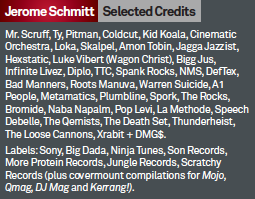Jerome Schmitt Interview – Airlab Mastering
Jerome Schmitt is the main engineer at The Airlab, an on- and off-line mastering company based in London (and formerly known as Air Mastering). Andy Jones catches up with him and discovers a fascinating and detailed mastering methodology… Jerome Schmitt has been a mastering engineer for 15 years. Over the years he has mastered tracks […]
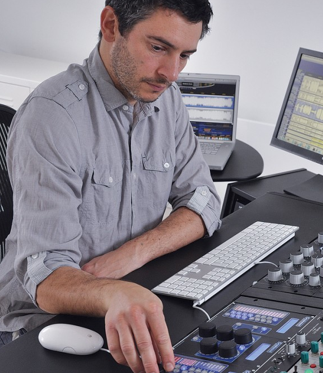
Jerome Schmitt is the main engineer at The Airlab, an on- and off-line mastering company based in London (and formerly known as Air Mastering). Andy Jones catches up with him and discovers a fascinating and detailed mastering methodology…
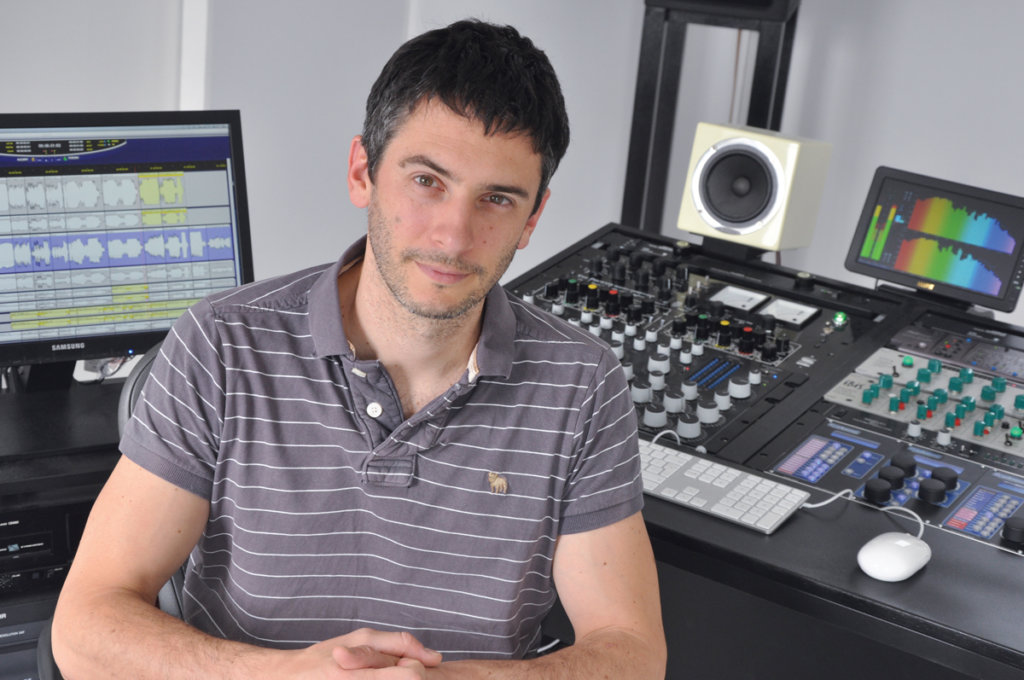
Jerome Schmitt has been a mastering engineer for 15 years. Over the years he has mastered tracks by everyone from Amon Tobin to Doppelgänger, Elson to Mr Scruff. Mastering can be a dark art, but he reveals to us a great approach that is less about compression and more about EQ and getting the music to ‘sing’��…
MusicTech: Tell us about your background and how Airlab got started.
Jerome Schmitt: After working in a busy post-production company for five years in Soho doing mastering on Sadie, video editing in Final Cut and Avid and all sorts of post production work, I decided to use those skills to start my own production company producing corporate videos in 2005/2006. This got me the finance to invest in some serious equipment to set up a mastering studio.
It wasn’t really planned but came naturally from all my past experiences doing all sorts of different production work in the music industry and working in studios since 1994. I thought the most interesting aspects of both technical and artistic work were combined in mastering and that suited me very much. Also, the online mastering trend was quite new at the time and there was definitely some room for a serious facility to become available to a large, independent scene.
So that’s how I started. I also had good credit from my previous workplace, where I mastered pretty much all the Ninja Tune and Big Dada catalogue from about 2003 to 2006. We were doing lots of UK hip hop stuff with labels like Son Records, but also electronic labels like Hydrogen Dukebox, which was also putting out some collections for The Creatures. Also on the punk side of things, labels like Jungle Records had lots of catalogue to work with. Covermounted CDs for Mojo, DJ Mag, Kerrang! were also remastered and compiled there.
More recently I’ve done work for a ton of independent artists and worked in very different genres, including some of the eclectic catalogue of Extreme Music (the worldwide production music division of Sony/ATV Music Publishing), some post-production work for Canal Plus, PlayStation 3. I’ve also been working on some very interesting projects by Matthew Robertson (Björk’s musical director and producer) and the new Space album, which is mixed by Jeremy Wheatley (The Dandy Warhols, Mel C, Daniel Beddingfield, Holly Valance and Vanessa Amorosi)

MT: Why do people choose Airlab?
JS: I think we got to the point were we could offer the same standard you’d get from any big-name mastering studio at a fraction of the price. So we work with a lot of independent artists, because they like our personal approach and our sound.
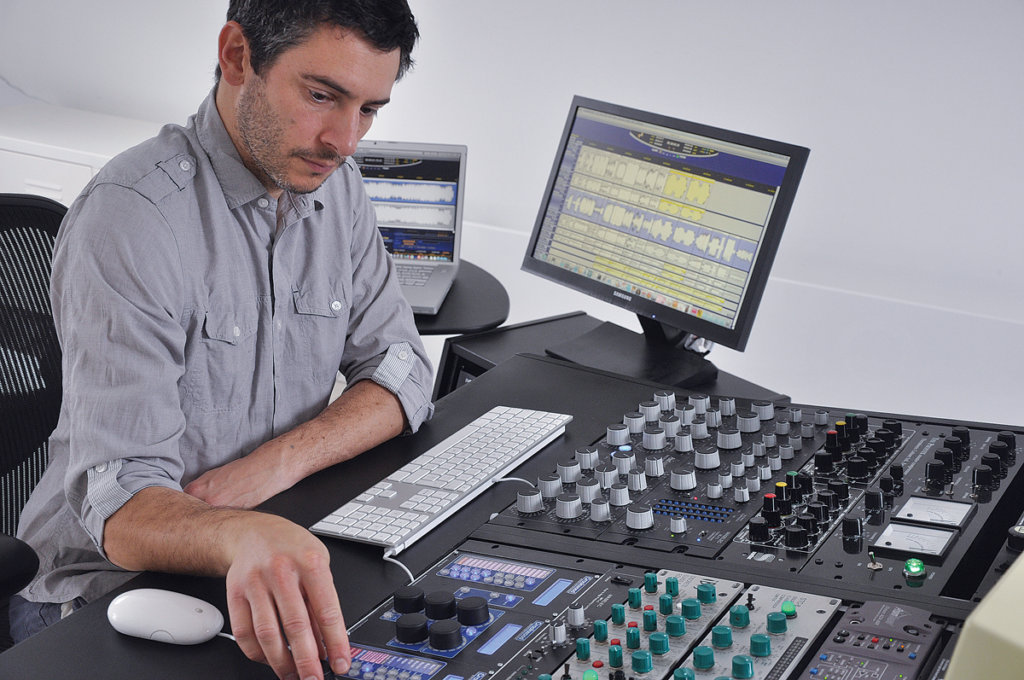
Jerome Schmitt at the controls of Airlab’s custom built mastering console
MT: Tell us a little about the main studio components and why you chose them.
JS: A mastering studio is an ensemble of lots of components that constitutes the mastering chain. Our studio is built around a custom Crookwood mastering console that allows you to plug any analogue piece through the chain in any order – I couldn’t live without it. It’s got a fantastic monitoring section that allows you to match monitoring levels from different sources – pre- or post-mastering, for example. It’s super-transparent and doesn’t add anything to the sound.
There is also an M/S section that you can insert anywhere you want in order to control the mid and side separately. Finally, it’s got an analogue calibrated VU meter, which is very useful for seeing what is going on. It was an essential piece of kit for us, as every decision is critical and the flexibility and transparency of the Crookwood is fantastic compared to other consoles.
The other essential bit is the converters, with a pristine clock so it can reproduce music in the most transparent way without unwanted artefacts. These days, we’ve come a long way and there are lots of great and transparent-sounding converters out there. I’ve done lots of tests and went for the Prism ADA-8XR for its sonic solidity, great flexibility and eight ins/eight outs, which is useful in my setup.
Next is the monitoring system, which is a PMC IB1S system with a Bryston 4BST amplifier. Here, again, I’ve done a lot of tests with other monitors, taking the size and sound of the room into consideration, and these midfield monitors were the best match. Most importantly, though, they are full-range, which gives you a very accurate representation of the whole spectrum and you can hear things that are often hidden in the mix room.
As far as analogue kit goes, I’d say you’d need a very good transparent/clean EQ for corrective tasks, which for me is the Maselec MEA-2. It is in 99.9 per cent of the time, but it can’t do things that other EQs do. Each EQ almost has its own strength and purpose in the studio, so it’s difficult to pick just one.
A good dynamic EQ is very important because it’ll give you even more control over the dynamic, as often the problem is that certain frequencies can get so squashed they don’t have punch anymore, so it’s good to be able to bring some bounce and punch back in to certain frequency areas. A good compressor can be handy too, but most of the time it doesn’t compress much – if anything. Potentially, you could do most of the work with just EQ.
If your balance is right and all the frequencies are ‘singing’ and bouncing nicely together, then all you need is something to raise the overall level nicely and add a bit of character before you hit the limiter. So that’s why people look for nice-sounding compressors or just a preamp – or any magic box that can raise the level with a nice touch. I think those boxes become very important once you’ve got your EQ right.
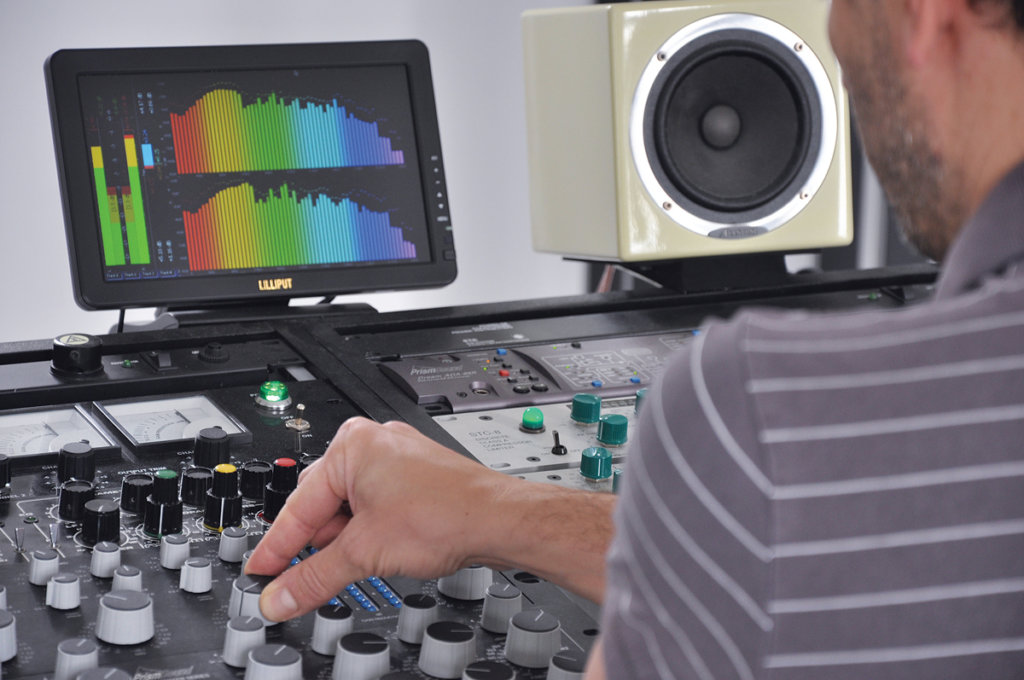
Jerome believes that most of the mastering process can be done with good use of the EQ
MT: What are the most common problems you get with an unmastered track?
JS: Nearly all productions suffer from distorted high frequencies. No matter how good a mix is, it always feels like the digital domain sums too much of those frequencies together, and that can quickly become metallic and fatiguing. So the most common task is to try to ‘desaturate’ those frequencies and make them nice and smooth again. Then, pretty much every time, you’ll need to deal with the low-end side of the spectrum somehow.
The low end is very often a mess, with lots of instruments that conflict with each other. Even if it’s well controlled, it often needs some kind of adjustment once you start getting the levels up. Most of the time these errors are made because the mix isn’t made in an acoustically neutral room, and this shows how much mastering is important to correct for those room errors.
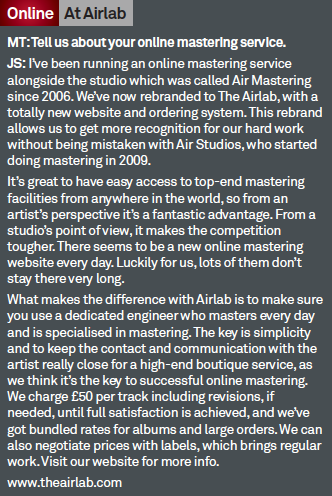
MT: What is the initial part of the mastering process?
JS: The first thing is listening to the track to find the strength and weakness you’re going to have to deal with. You’ll soon get a clear picture of how the track is supposed to sound and where you need to go with the tools you’ve got. The process is very simple – it is always going to be frequencies versus dynamic.
For an album – as it’s really important to get perfect coherency between the tracks – I always listen to the whole album first and start by quickly levelling and balancing the tracks between each other before I start making the track bounce and before adding extra character. Generally, I’d clean up the signal digitally, then add the extra goodness with the analogue chain.
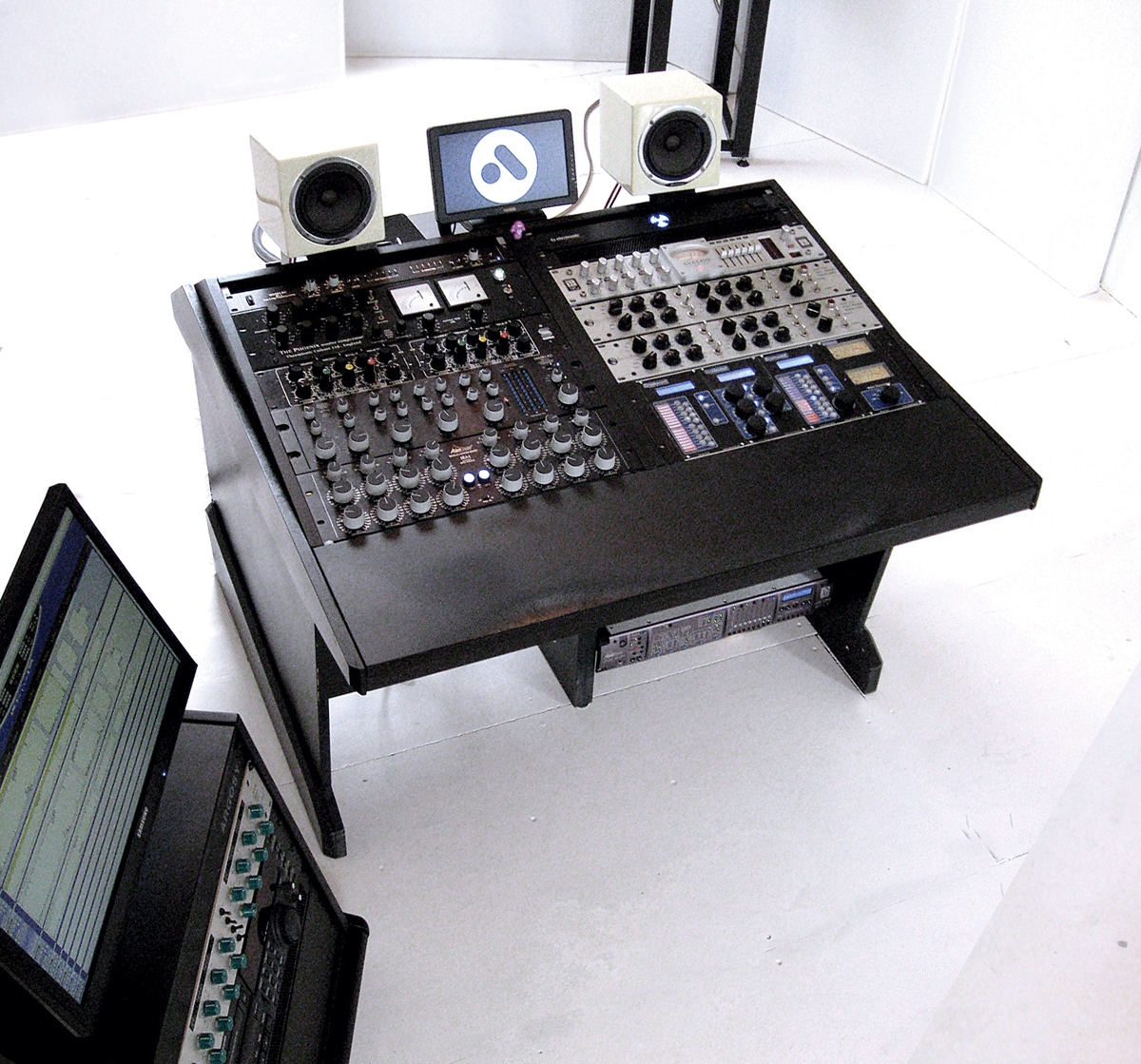
It’s a compact set-up but Jerome can master complete albums on this console alone
MT: How does it progress from there?
JS: To control the frequency issues I mentioned, the EQ is your friend. You can do pretty much everything just with EQ. If you shape your master correctly you’ll get a 3D feel to it. Everything will come to life. But if the mix isn’t right (not controlled well) then you might lose some instruments, so you might have to start playing with the dynamic by using a dynamic EQ, multiband compressor or single-band compressor.
For harsh highs, a very clean EQ will do the job, but you often have to be very precise as it can be just a hi-hat or a very narrow frequency, so you might have to go with a digital EQ. Sometimes it can be just EQ, or sometimes you have to tame or add some dynamic and the transient as well.
Bass-wise, it’s often overcrowded, so you have to turn it right down until it starts ‘unmasking’ everything else. There is a very narrow line between the track lacking bass and the bass masking everything else. Once you’ve found the right amount it usually brings punch and clarity back.
At both ends of the spectrum you’ll find that cutting will actually help more than boosting. Cutting the right amount of bass will tighten it up and make it more punchy, and cutting the high frequency and removing the irritating distortion will make the high end somehow clearer and more defined.
You’ll know straight away when you’re good when the frequencies start to ‘sing’ and bounce nicely as opposed to just being there, flat and restricted. That’s when the magic happens and you know you’re going in the right direction. Then you can level up everything else and decide on what extra flavour you want to give it to make it even more interesting.

MT: How does this process vary according to the genre you are working within?
JS: I don’t think the process varies much from genre to genre. Aesthetic in sound is the same regardless of the genre. A harsh frequency will be harsh and will need taming whether it’s jazz or hip hop. What changes are criteria such as loudness or frequency-balance requirements. They are different depending on the genre, so you need to be aware of what the sonic requirements for each genres are. But the process stays the same because the tools and the techniques are the same and your ears are still sensitive to a certain sound aesthetic.
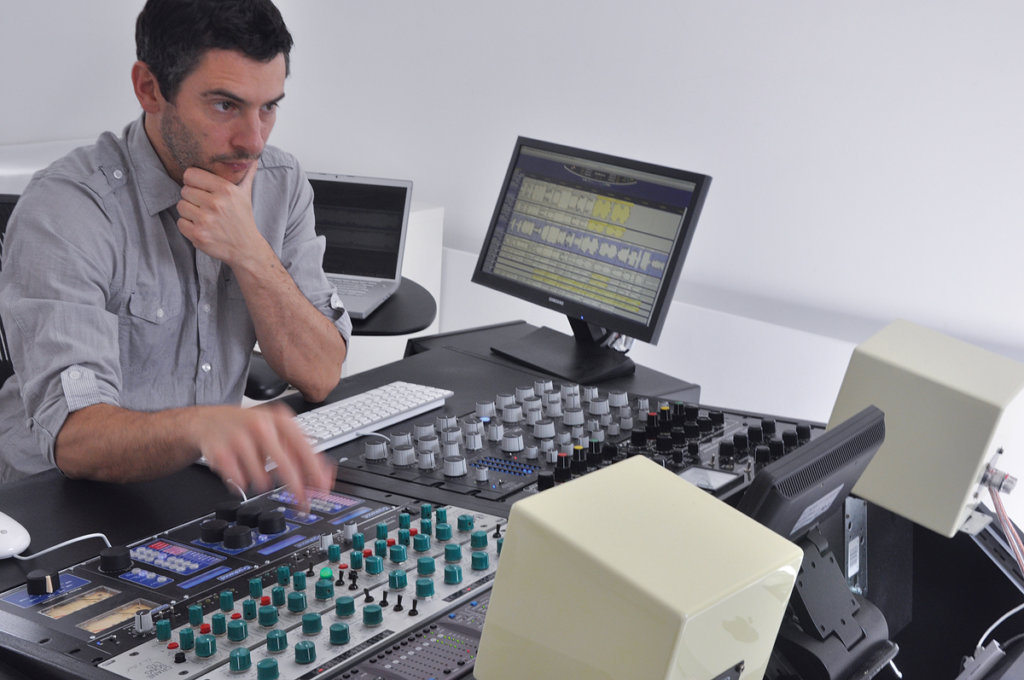
As Jerome continues to master the music develops a ‘3D feel’ and starts to sing
MT: What has modern studio technology brought to the party in terms of the quality of music you get to master? Do you have to do less or more at the mastering stage?
JS: There are pros and cons in having easy access to modern studio technology. Technology has brought easy access to good-sounding tools to anybody, which is great for the creative process. What it hasn’t brought are the skills and experience you need to produce good-sounding records. So you get more creative productions these days allowing for more experimentation, but sometimes the sound quality is neglected, which is probably why mastering has its place today more than ever.
I often have to speak with equipment manufacturers and they all say that they can get absolutely insane specs these days due to modern components and refined modern electronics and technology, but sometimes it gets too perfect… and it could be difficult to get a nice vibe from something that’s too perfect.
MT: Do you have any insider tips or tricks to enable people to master their own tracks?
JS: Mastering your own music is a very difficult thing to do because the whole point of mastering is to have a fresh set of ears and a fresh perspective on your music. But if you can’t come to a mastering studio, I’d recommend a long break between the final mixing session and the mastering session. Rest your ears and completely forget about your tracks (a year or two should be enough!).
Also, the problem of the room acoustic is a massive challenge to address. The errors you’ve made while mixing because you couldn’t hear all the frequencies correctly won’t suddenly reveal themselves if you’re mastering in the same room. So you should listen to lots of different systems in different rooms and compare them with other good-sounding music you like. And stay away from clipping!
MT: What are your thoughts on the loudness debate?
JS: There is no doubt that the more you squash things, the more you lose punch, detail and quality. Saying that, modern tools can give you great levels without having to clip and you can psychoacoustically trick the perceived loudness without sounding too bad if you have to (to a certain limit). But there is nothing that beats a great recording with no clipping distortion, good dynamic and a three-dimensional feel. But also, it’s undeniable that certain music scenes have the sound of distortion – clipping and over-compression are a part of the musical experience.
MT: What have you got planned for the near future?
JS: As well as rebranding we’re expanding our activities and are now starting to offer online mixing services. This is simply continuing our goal, which is to offer top-end sound quality to the independent world. We’re essentially trying to encourage independent artists to use skilled engineers to get their music to a level of sound quality that they might not have thought accessible to them. We will be using top engineers like Jon Withnal (Coldplay/Rihanna/Elbow/Ray Lamontagne/The Justice Collective/Feeder/Manson/Space) and are planning to get an elaborate and varied roster of engineers together in order to suit every music genre and every budget.
